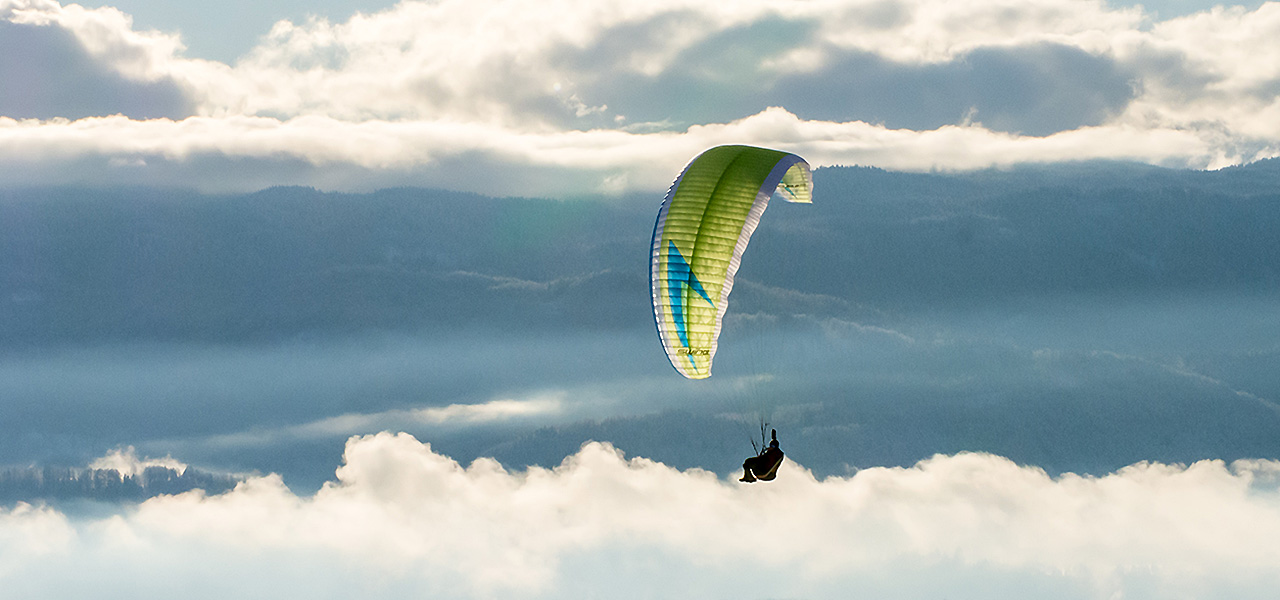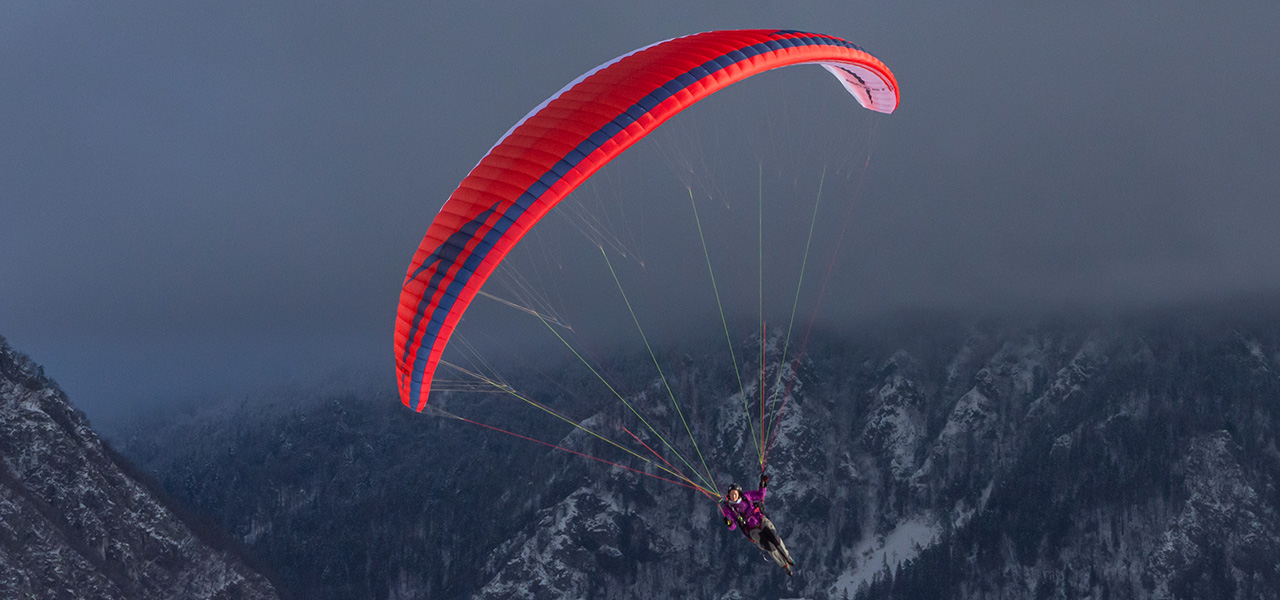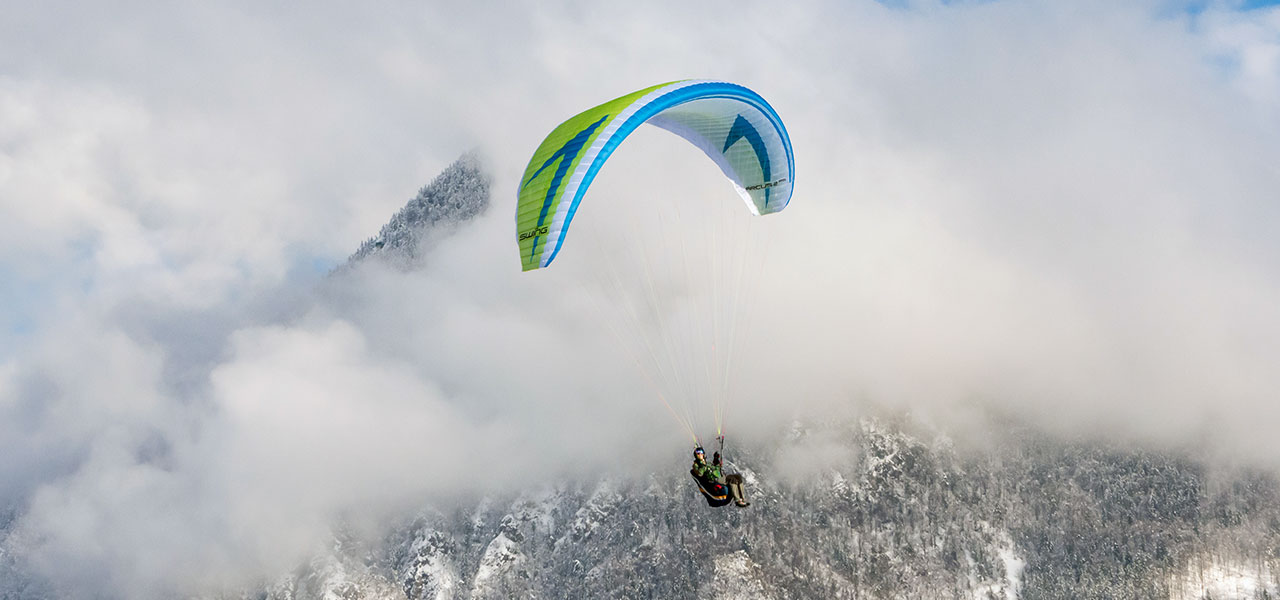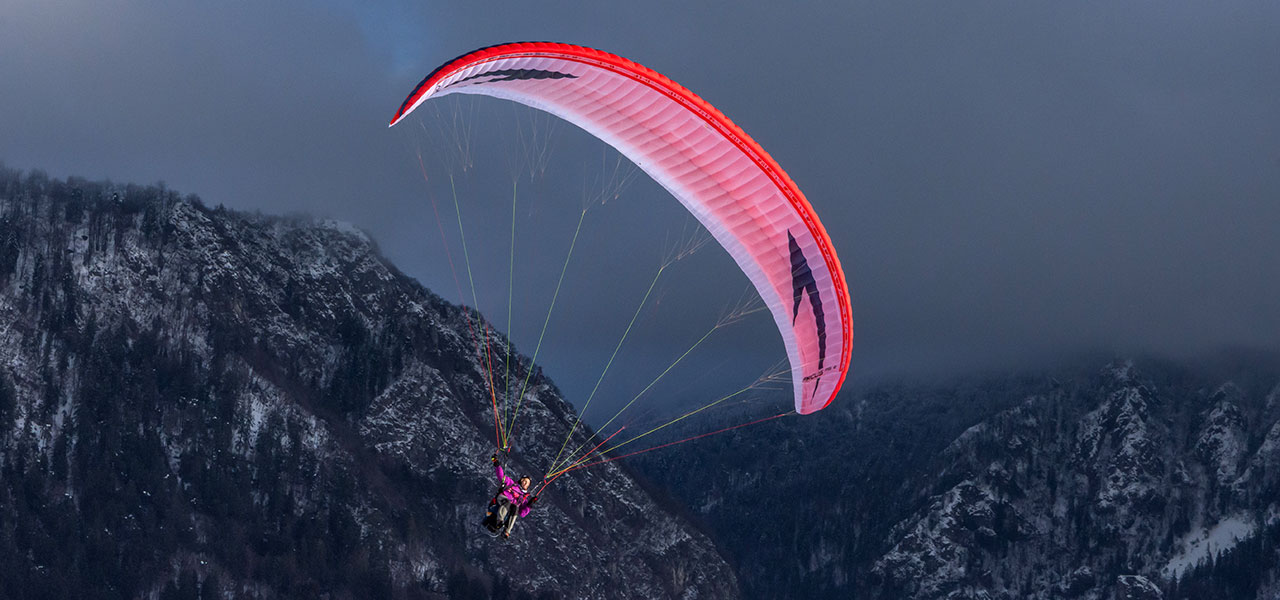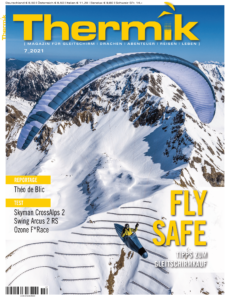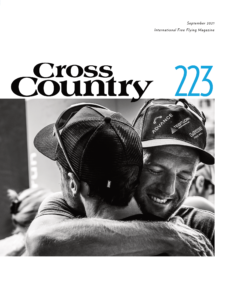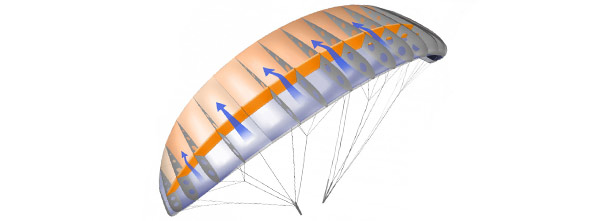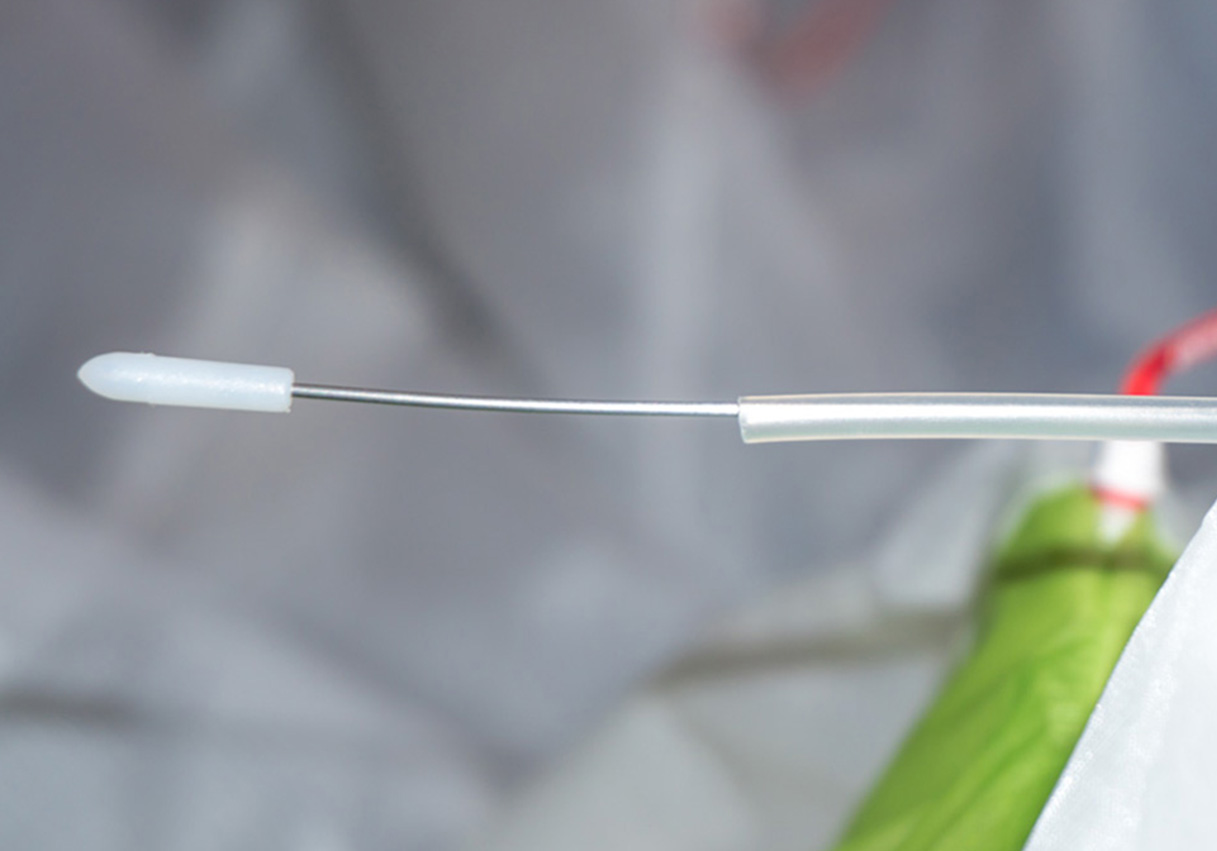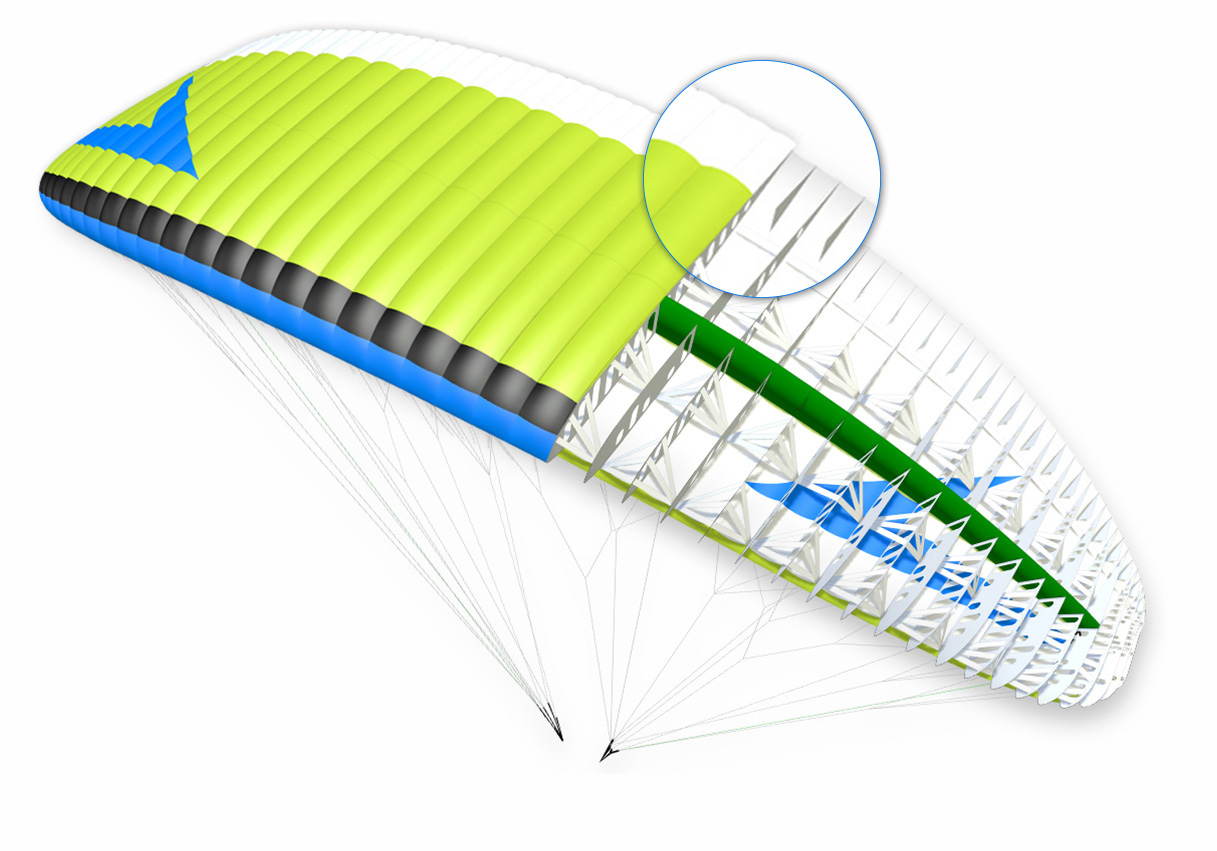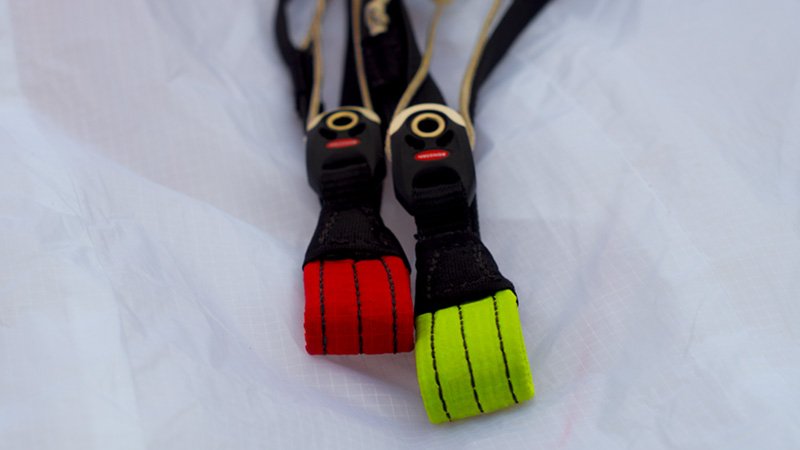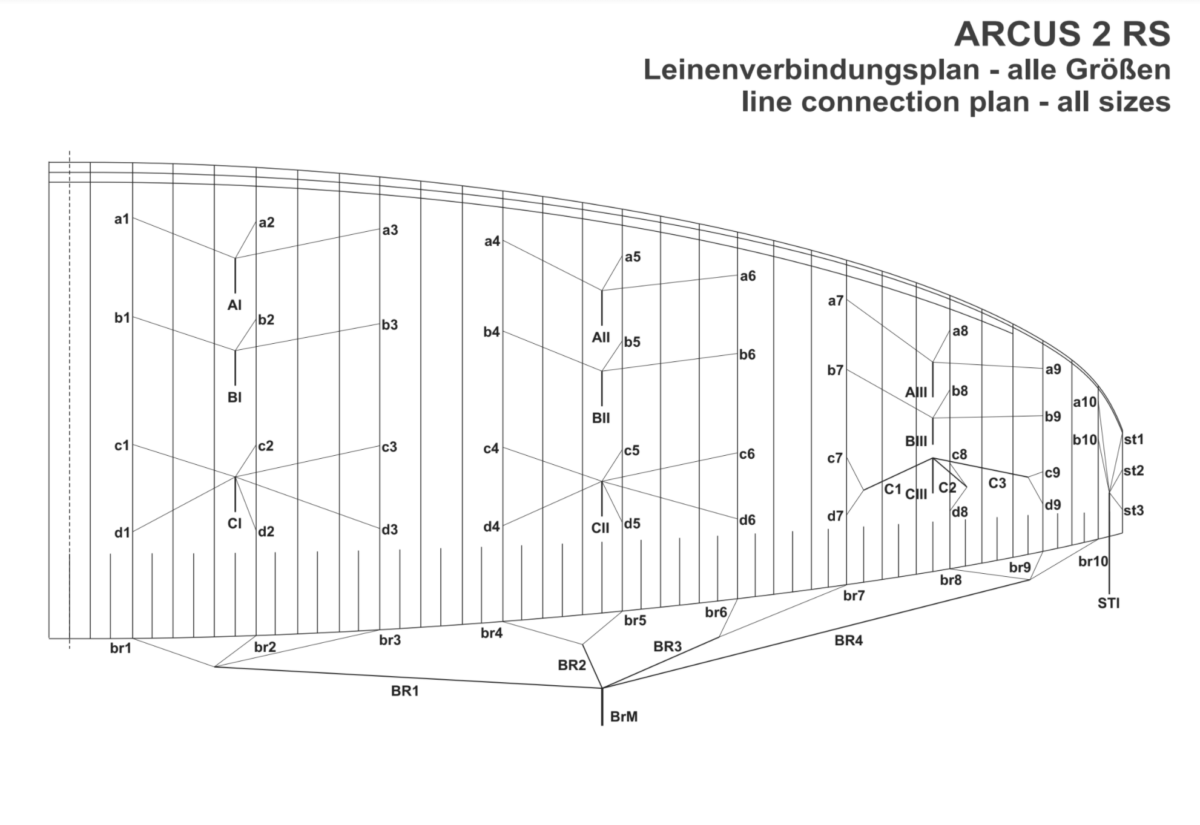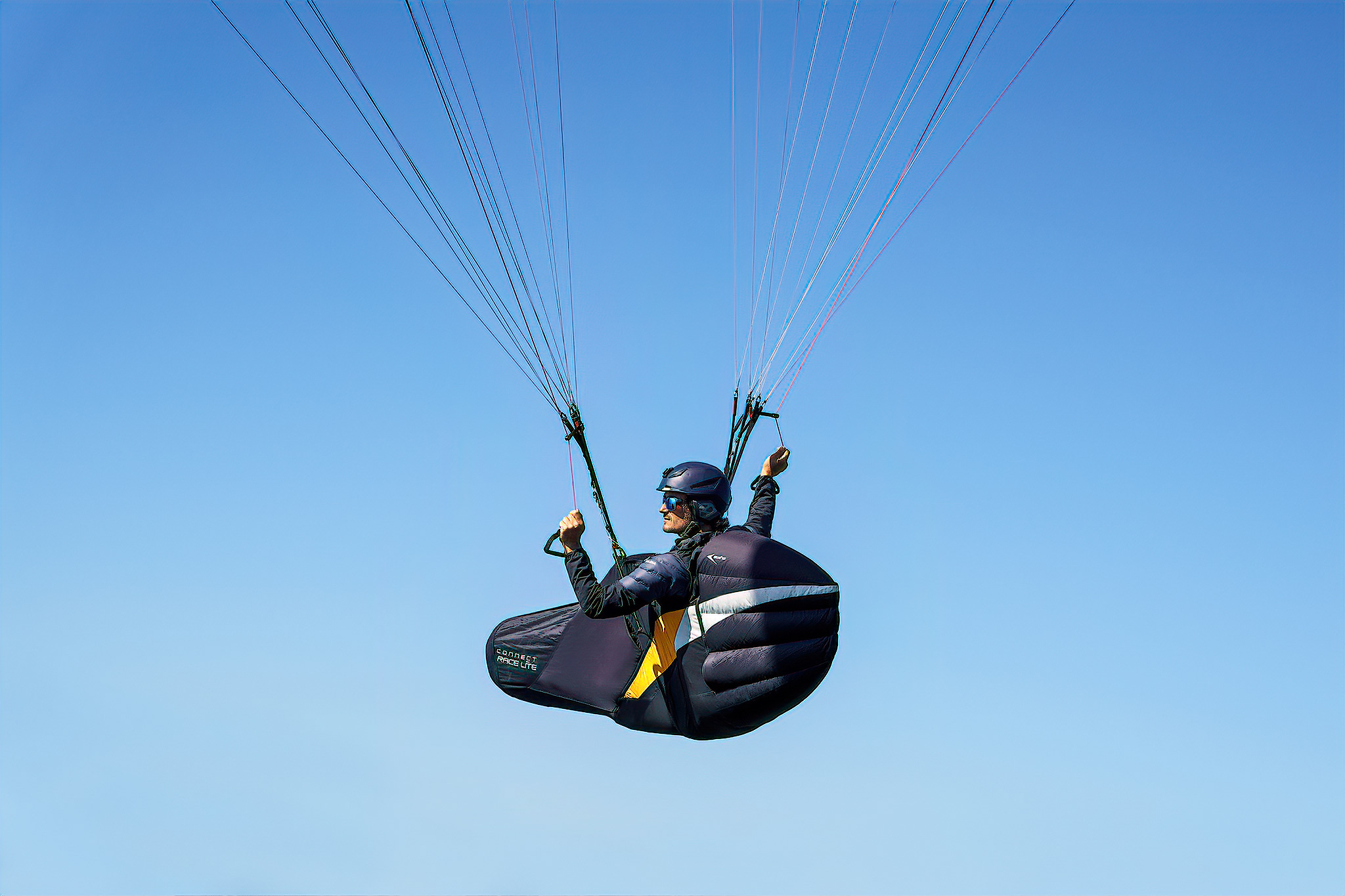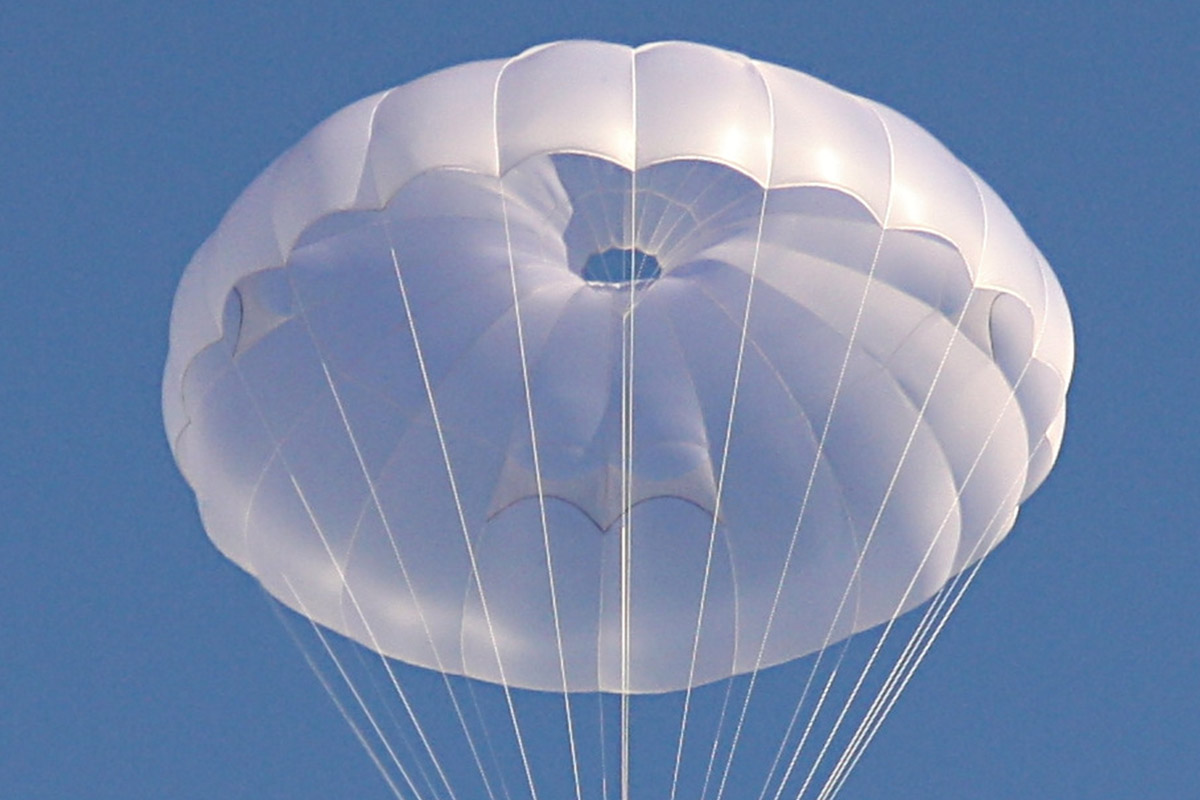ARCUS 2 RS
…experience your next level!
Reviews | Features | Media | Colors | Product Info
Achieving new levels of flying without overreaching yourself – that was precisely our goal in developing the ARCUS 2 RS.
The ARCUS 2 RS is based on the very successful and proven NYOS RS. With a little less aspect ratio, a new, resilient material mix and a lot of attention to detail, we have completely revised the design and adapted it to pilots who feel most comfortable in the mid-B segment. With a full 57 cells, the elegant wing already visually underlines its performance claim, but the compact flight feeling immediately conveys familiarity with a high feel-good factor and promises pure flying fun.
Who should fly the ARCUS 2?
Ambitious pilots who want to enter the B class, will feel just as comfortable under the ARCUS 2 RS as long-time licence holders and returnees from higher classes, for whom a high degree of passive safety with appealing performance is important.
You will feel the genes of its big brother, the NYOS RS, after the first revolutions in a thermal. Thanks to its extremely precise and direct handling, the ARCUS 2 RS takes you playfully to the top before giving you a glimpse of its performance potential on the transition. The stable canopy and optimised RAST system give you the confidence to try new things and fly further than ever before.
FEATURES
VIDEO
Colors
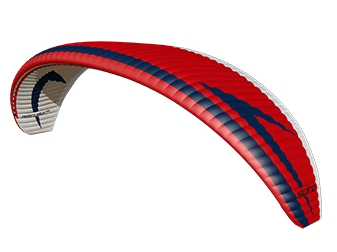
Flame
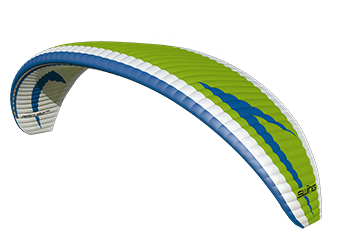
Lime
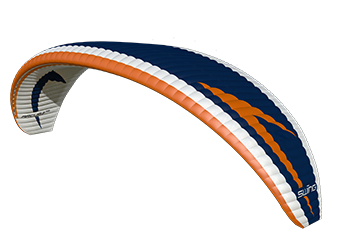
Nightshade
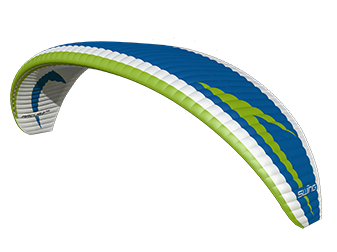
Ocean
PRODUCT INFO
| ARCUS 2 RS | XS | S | M | L | XL |
|---|---|---|---|---|---|
| LTF homologation | B (PDF) | B (PDF) | B (PDF) | B (PDF) | A (PDF) |
| CEN homologation | B | B | B | B | A |
| permissible weight range (kg) min./max. incl. Equipment | 58-78 | 75-95 | 85-105 | 95-115 | 105-140 |
| recommended weight range (kg) min./max. incl. Equipment | 60-78 | 80-95 | 92-105 | 102-115 | 115-135 |
| Cells | 57 | 57 | 57 | 57 | 57 |
| Wing area (m²) | 22,0 | 25,0 | 26,8 | 29 | 33 |
| Projected wing area (m²) | 18,9 | 21,5 | 23,1 | 25 | 28,4 |
| Wing span (m) | 10,9 | 11,6 | 12 | 12,5 | 13,3 |
| Projected wing span (m) | 8,9 | 9,1 | 9,7 | 10,0 | 10,5 |
| Aspect ratio | 5,4 | 5,4 | 5,4 | 5,4 | 5,4 |
| Projected aspect ratio | 4,2 | 4,2 | 4,2 | 4,2 | 4,2 |
| Glider weight (kg) | 4,4 | 4,8 | 5,1 | 5,4 | 5,8 |
| ARCUS 2 RS | DE | EN | FR | ES |
|---|---|---|---|---|
| Brochure / Flyer | — | — | — | — |
| Operating Instructions | — | — | ||
| Maintenance and Service Book | — |
- Swing ARCUS RS
- Protection Bag II
- Compression Strap
- Manual


